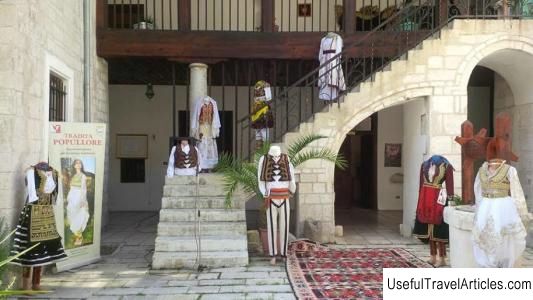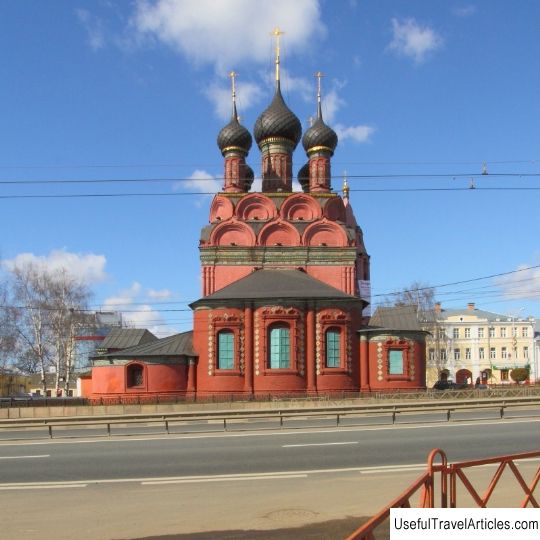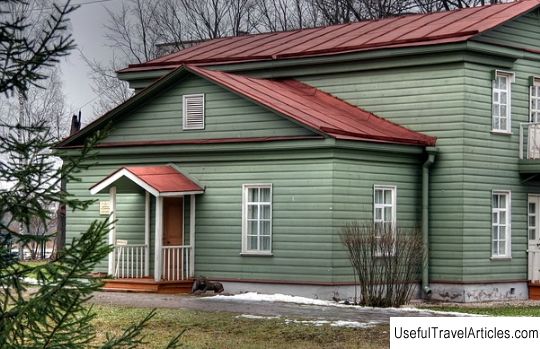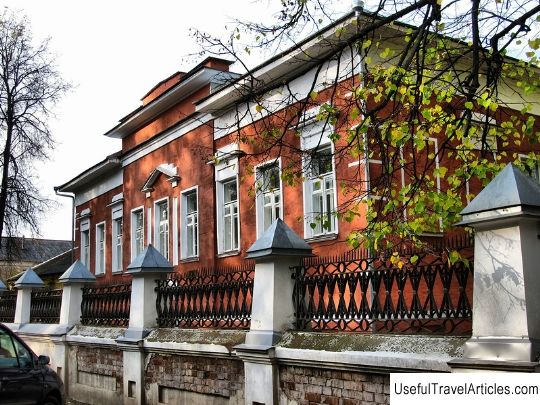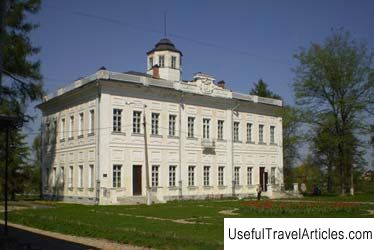Museum-reserve N. A. Nekrasov Karabikha description and photo - Russia - Golden Ring: Yaroslavl
Rating: 8,5/10 (960 votes) 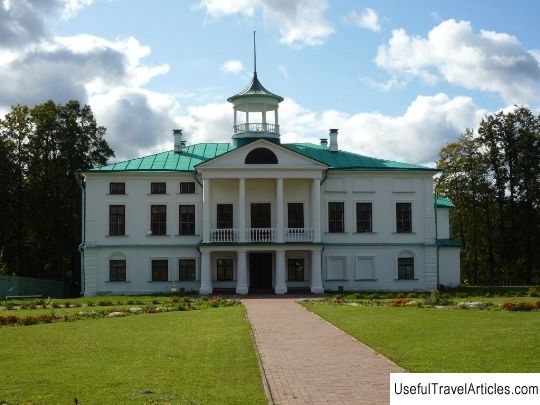
N.A. Nekrasov Museum-Reserve "Karabikha" description and photo - Russia - Golden Ring: Yaroslavl. Detailed information about the attraction. Description, photos and a map showing the nearest significant objects. Photo and descriptionNekrasov N.A. Literary Memorial Museum-Reserve "Karabikha" is located 15 km from Yaroslavl near the village of Krasnye Tkachi. Until the beginning of the 18th century. next to the estate was the village of Bogorodskoye. At the beginning of the 18th century. the village and the adjacent lands began to be owned by the family of princes Golitsyn. In the 1740s. by order of Prince Nikolai Sergeevich Golitsyn, the construction of the estate, located on Karabitovaya Gora, began. This estate became the largest in the Yaroslavl province. The name of the architect has not survived to this day. The estate got its name from the name of the mountain - Karabikha. Subsequently, they began to call the village in which the estate is located. In Karabikh, like none of the 18th century estates. in the Yaroslavl region, its original appearance has been preserved. The manor belongs to the palace type, typical for the era of classicism. The manor complex includes: 2 parks (regular and landscape), a residential building, a system of ponds and outbuildings. The base of the ensemble is the main house with two wings. Previously, the house and outbuildings housed two-storey covered galleries, which united all buildings into a single whole. The main house is a stone two-story building with gables on the columns, verandas and a gazebo. Behind the house there is a descent to Kotorosl. The interior of the building has preserved decorative elements of the late 18th - early 19th centuries. In the outbuildings, fragments of baroque platbands, semicircular completion of windows, characteristic of an earlier architectural period, have been preserved. The horse yard on the estate dates back to the early 19th century. and originally had a symmetrical composition, which consisted of three parts: the main building and two carriages. At the beginning of the 20th century. instead of the northern coachman, a two-storey residential building was built. The parks included in the estate are conventionally called Upper and Lower. The upper one is located next to the main house, it is of the French type - well-groomed, neat, with trimmed shrubs and trees, each object has its own place. The lower park is behind the house. This is a typical English park - natural, at first it seems neglected, but, nevertheless, each planting here is in a place specially allocated for it. In a large glade of this particular park, Nekrasov arranged his readings. At the edge of the Lower Park there is the Gremikha water cascade, which is created by a stream flowing through the Lower and Upper and ponds and forming waterfalls and shallow ponds. In the early 19th century. M.N. Golitsyn began the reconstruction of the estate, as a result, the estate complex took the form in which it has survived to our time. In 1827, after the death of M.N. Golitsyn, the estate remained ownerless, began to decline. In 1861, Nikolai Alekseevich Nekrasov bought the estate from the descendants of Golitsyn for summer holidays. He settled here with his brother, Fedor, who took over all the household chores. In Karabikh, Nikolai Nekrasov wrote his famous poems "Russian women", "Frost, Red nose". Here he worked on the poem "Who Lives Well in Russia". The last time the poet was in the estate was in 1875 In 1918, the estate was nationalized. Despite the fact that the estate had the status of a historical monument, it housed the Burlaki state farm. In 1946 g. it was decided to carry out the reconstruction of this monument and the organization of the Nekrasov memorial museum. At first, the museum was a branch of the local history museum, and since 1988, it was transformed into a literary-memorial museum-reserve with branches in Greshnevo and Abbakumtsevo. In 2002, the large manor house was opened after almost ten years of restoration. The museum funds contain more than 20 thousand items, including interior items, personal belongings of people. Living in the estate, portraits, estate furnishings. The collection of amateur photographs of the turn of the 19th and 20th centuries is of great interest. with portraits of the owners of the estate and its views. The library funds of the museum number more than 15 thousand rare magazines and books of the 18th-early 20th centuries. Here you can see the first editions of N.A. Nekrasov, lifetime and posthumous editions of his works, 7 books from Nekrasov's library, magazines that he published, issues of magazines with which he collaborated. At the end of the 20th century. the exposition of the museum was replenished with a collection of crystal and glassware from the 19th century. and a letter to M.N. Golitsyn from A.I. Musin-Pushkin 1808           We also recommend reading Place de lHotel-de-Ville description and photos - France: Paris Topic: Museum-reserve N. A. Nekrasov Karabikha description and photo - Russia - Golden Ring: Yaroslavl. |
